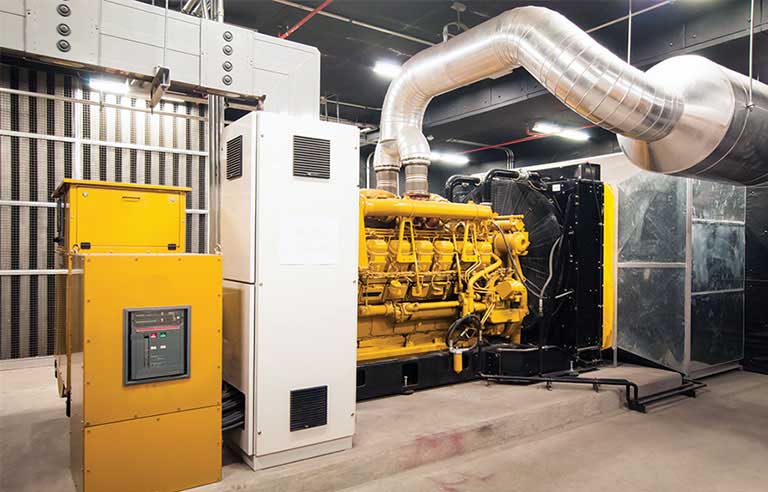
Portable generators can be found in many workplaces. Among the risks users face, according to OSHA, are shocks and electrocution from improper use of power or unintentionally energizing other electrical systems, and fires from improperly refueling the generator or not storing fuel correctly.
A major (and potentially deadly) hazard is exposure to carbon monoxide – a colorless, odorless, toxic gas that’s produced from a portable generator’s exhaust. Signs and symptoms of carbon monoxide poisoning include dizziness, headaches, nausea/vomiting, tiredness, confusion and loss of consciousness. If a worker is showing any of these symptoms, get him or her to fresh air and seek medical attention.
“Do not reenter the area until it is determined to be safe by trained and properly equipped personnel,” OSHA cautions.
Help workers avoid carbon monoxide poisoning while working with portable generators by following these tips:
- Inspect generators for loose or damaged fuel lines.
- Keep generators dry.
- Maintain and operate generators according to manufacturers’ instructions.
- Don’t use portable generators indoors or in an enclosed space such as a basement or garage.
- Don’t place generators near doors, windows or ventilation shafts where carbon monoxide can enter and build up.
- Make sure generators have 3 to 4 feet of clearance on all sides and above to ensure adequate ventilation.
McCraren Compliance assists employers in protecting their workers, starting with a comprehensive Work-site Analysis, Hazard Prevention, Controls, and Safety & Health Training.
Please contact us today at 888-758-4757 to learn how we can provide mine safety training and consulting for your business.